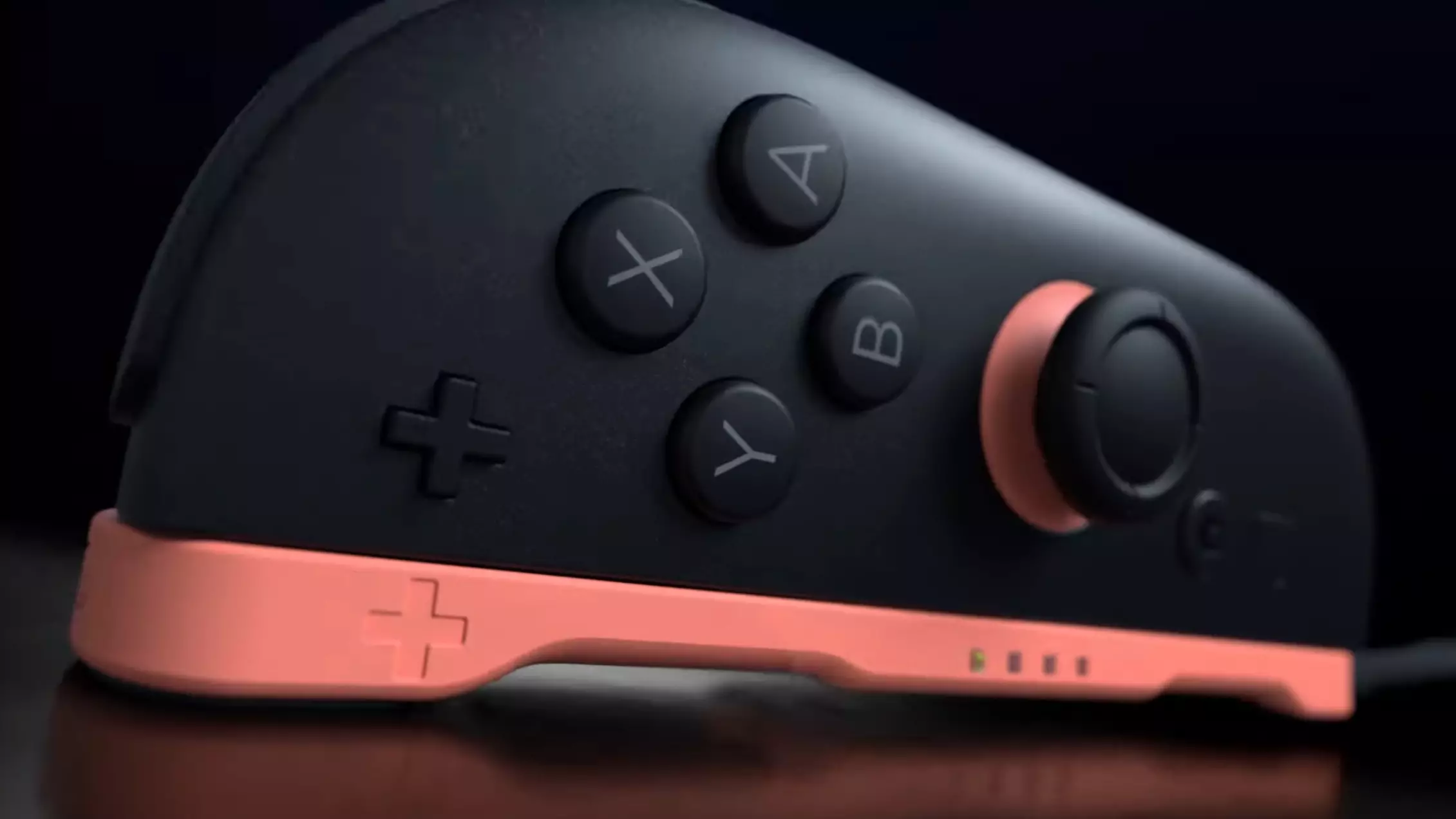The recent announcement regarding mouse controls for the Nintendo Switch 2 has sent ripples of excitement and skepticism through the gaming community. Traditionally, Nintendo has thrived on its ability to deliver innovative gaming experiences, but the decision to incorporate mouse controls feels like a puzzling divergence from its established philosophy. While games like Civilization often benefit from such input methods, it’s crucial to ask whether this move aligns with the integrity and user-friendliness of the Switch interface.
Nintendo has garnered a loyal following because of its compelling controller schemes, which prioritize ease of use and accessibility. Many avid gamers and casual players alike have successfully navigated its menus and gameplay using the classic button layout. Transitioning to mouse controls introduces an element of complexity that may not be universally welcomed or beneficial.
Visual Execution: Is It Laggy?
One of the primary concerns raised in a recent analysis of Nintendo’s demo video concerns the responsiveness of the mouse controls. User feedback indicates that rather than translating seamless gameplay into an equally smooth interface navigation experience, the display appears disconnected. In a feature that should spotlight precision and agility, observing lag or inconsistency can leave viewers and potential users questioning the validity of the new feature.
A specific example noted was the cursor’s delayed response when navigating menu options. In high-paced scenarios, where fast decision-making is crucial, lag can undermine the overall gaming experience. Response times matter in technology, especially in a system marketed for both casual play and competitive engagement. A subpar demonstration raises red flags; viewers are left pondering just how much reliance to place on an untested feature pitched as a game-changer.
Minimalism Meets Functionality
The Switch’s user interface has long been celebrated for its minimalist design; however, this has a dual nature. With just a handful of icons and options available, introducing mouse functionality may not drastically improve the overall experience. In instances where complexity is low, the necessity of a more nuanced control scheme becomes suspect. Should players really have to invest in a workplace-like setup with a mouse and flat surface when half a minute spent getting comfortable with buttons achieves similar results?
This minimalist approach runs the risk of being overcomplicated—when the goal is immediacy and accessibility, can a mouse even yield substantial improvement? Arguably, button controls are quintessential for a system built around lounging on the couch, interacting with games in an engaged yet relaxed posture.
User Experience Over Innovation
The concept of a live demonstration is to evoke excitement about newly introduced features. Still, the execution feels underwhelming, raising concerns about whether Nintendo is sacrificing user experience for the sake of innovation. Potentially, this could be seen as a testament to the industry’s tendency to prioritize new ideas over refining existing ones.
In a market saturated with gaming devices and controls, differentiation is essential, yet the introduction of mouse controls might be a misguided effort rather than a refreshing advancement. The gaming community is hungry for experiences that elevate play rather than those that simply offer novelty for novelty’s sake.
Strategic Considerations and Game Selection
There is also a broader discussion surrounding the types of games where mouse controls might find their rightful home. Strategy games, particularly those involving significant tactical maneuvering, could benefit substantially from this control scheme. Nevertheless, it remains unclear if Nintendo is strategically positioning its games to embrace mouse controls beyond mere home menu navigation. Right now, it seems disconnected from the actual gaming landscape that the Switch 2 is participating in.
Given Nintendo’s history of fostering diverse genres and gameplay styles, it might be prudent to assess how mouse controls could augment or disrupt engagement with existing or future titles. However, the inadequacy of this particular demonstration casts doubt on whether players should remain optimistic about a future where mouse controls could shine.
Although the introduction of mouse controls raises intriguing possibilities, the execution and rationale behind their integration present compelling challenges. As Nintendo seeks to innovate, it must also remain vigilant about maintaining the user-friendly ethos so central to its brand identity.


Leave a Reply